Ruscus Bamboo Tree
- October 31, 2024
- 0 comment
The Ruscus Bamboo Tree, scientifically known as Shibataea kumasaca, is a unique, small bamboo species with an important ecological role in supporting soil health and biodiversity. This evergreen shrub belongs to the Poaceae family and is celebrated for its dense, lush foliage that provides shelter for small animals and insects.
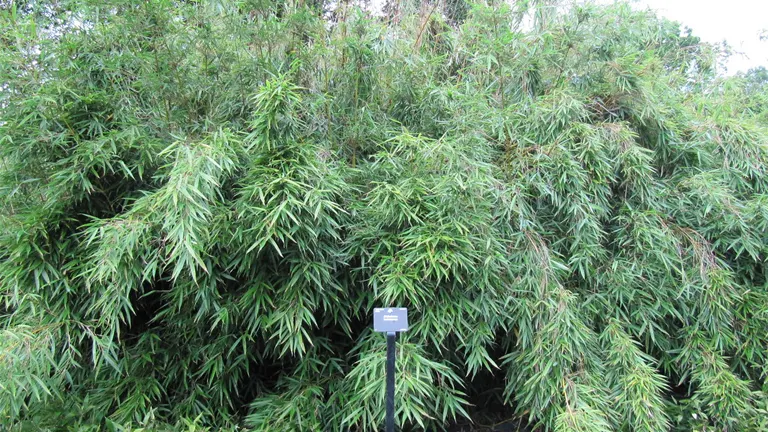
Ruscus Bamboo Trees contribute to the balance of ecosystems, enriching the soil, offering shelter, and helping with erosion control. Although not as towering as other bamboo species, this resilient plant holds a special place in gardens and natural habitats alike due to its aesthetic and ecological contributions.
What Is a Ruscus Bamboo Tree?
The Ruscus Bamboo Tree (Shibataea kumasaca) is a compact, evergreen bamboo species within the Poaceae family. Known for its attractive, narrow leaves and shrubby growth pattern, it grows to a modest height of about 3–4 feet, making it ideal for ground cover and border plantings. Unlike towering bamboos, Shibataea kumasaca maintains a smaller profile with dense foliage that grows in clumps, providing a tidy and organized appearance.
| Specification | Details |
|---|---|
| Scientific Name | Shibataea kumasaca |
| Common Names | Ruscus Bamboo, Kumasaca Bamboo |
| Family | Poaceae |
| Native Range | East Asia, particularly China and Japan |
| Tree Height | Typically up to 1 meter (3–4 feet) |
| Bark | Smooth and thin, greenish at the base |
| Leaves | Narrow, lance-shaped, and evergreen; dark green, forming dense clusters |
| Flowers | Small, inconspicuous; occasional, typically in late spring |
| Fruit | Not prominent; primarily vegetative reproduction |
| Seed Dispersal | Limited; primarily propagated by division |
| Preferred Climate | Subtropical to temperate climates |
| Soil Type | Well-draining, rich in organic matter, slightly acidic to neutral |
| Ecological Role | Soil stabilization, ground cover, and habitat for small wildlife |
| Traditional Uses | Ornamental use in landscaping and ground cover in shaded gardens |
| Conservation Status | Not endangered |
| Flowering Period | Rare flowering; generally in late spring if present |
| Root System | Shallow, clumping root system good for erosion control |
One of the most fascinating traits of the Ruscus Bamboo Tree is its resilience and ability to thrive in various climates, including subtropical regions. The tree helps improve soil quality and retains moisture, promoting the overall health of its surroundings. With proper care, the Ruscus Bamboo Tree has a long lifespan, often surviving several decades in both wild and cultivated settings.
Different Types of Ruscus Bamboo Tree Species
Within the genus Shibataea, various species resemble the Ruscus Bamboo Tree but differ slightly in appearance and habitat. Here are some notable species:
Shibataea Chinensis
A close relative with larger leaves, found in mountainous regions and commonly used for ornamental purposes.
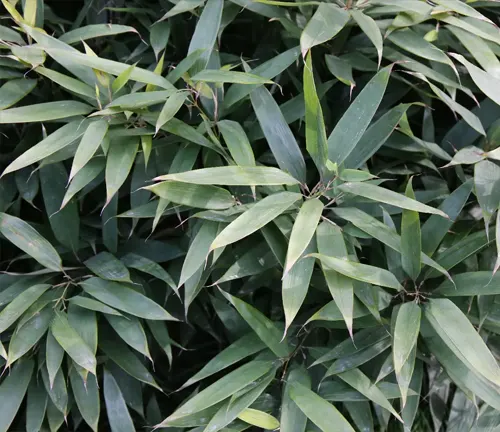
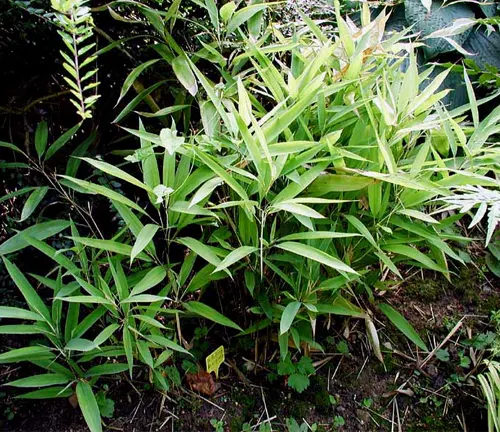
Shibataea Lancifolia
Known for its slender, lance-shaped leaves, this species is adaptable to shaded areas and provides excellent ground cover.
These species vary in their adaptability to different climates and soil types. While some are better suited for shaded, mountainous regions, others can thrive in sunlit areas, offering soil stability and habitat for small animals. This diversity in species contributes to the ecological stability of regions where they naturally grow.
Where Do Ruscus Bamboo Trees Grow?
The Ruscus Bamboo Tree is native to East Asia, particularly China and Japan, where it thrives in both forested and open regions. It prefers humid, subtropical climates but can adapt to mild temperate areas as well. Ruscus Bamboo grows best in well-draining soil, enriched with organic matter that allows for adequate moisture retention.
These plants serve crucial ecological roles in their native habitats, often helping stabilize soil on hillsides and along water bodies, reducing erosion. Their dense growth provides shelter and food for local wildlife, making them an essential part of the local ecosystem. The Ruscus Bamboo Tree is also known for its adaptability to shaded areas, allowing it to coexist with larger trees and underbrush in forested environments.
How to Grow and Care for Ruscus Bamboo Tree
Growing the Ruscus Bamboo Tree in a home garden requires some basic but important steps:
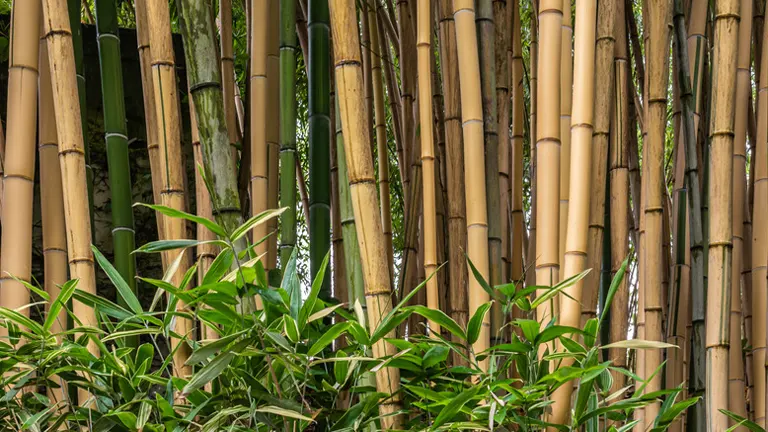
- Soil: Ideal soil for this bamboo species is rich in organic matter, with good drainage and moderate moisture retention. Slightly acidic to neutral soil pH is preferable.
- Watering: Regular watering is essential, especially in dry climates. The tree prefers moderate moisture levels and may need extra water during droughts or intense heat.
- Sunlight: Partial to full sunlight is ideal, though it can tolerate some shade. A location with filtered sunlight or morning sun is beneficial.
- Propagation: The Ruscus Bamboo Tree can be propagated through division of its root clumps in early spring. This method encourages new growth and maintains a healthy plant structure.
Routine pruning is not necessary but can be done to shape the plant and remove any dead or damaged stems. Ruscus Bamboo is generally pest-resistant, though it can benefit from a mild organic fertilizer during the growing season to promote lush foliage.
Ecological Benefits of Ruscus Bamboo Tree
The Ruscus Bamboo Tree plays an important role in improving soil health by preventing erosion and maintaining soil structure with its root system. Its leaves, when shed, contribute organic material back into the soil, enriching it with nutrients that help support other plant life. Additionally, the dense foliage offers shelter to small animals, birds, and insects, which increases local biodiversity.
Ruscus Bamboo Tree Flowering and Pollination
While the Ruscus Bamboo Tree rarely flowers, when it does, the blooms are usually small and inconspicuous, appearing in late spring. These flowers have a subtle fragrance and attract small insects for pollination, aiding in the overall ecological function of the plant. Though it does not rely heavily on flowering for reproduction, the occasional blooms support local pollinators, including bees, which are essential for other plant species in the area.
Is Ruscus Bamboo Tree Drought-Tolerant?
The Ruscus Bamboo Tree demonstrates a fair degree of drought tolerance, making it suitable for regions with periodic water scarcity. Its root system enables it to retain moisture, though prolonged drought may lead to leaf yellowing. To ensure healthy growth in drier climates, supplemental watering is recommended, particularly during the hottest parts of the year.
Ruscus Bamboo Tree and Wildlife Interactions
This bamboo species creates a habitat for various small animals, birds, and insects. The dense, bushy foliage of the Ruscus Bamboo Tree offers refuge for ground-dwelling creatures, while its leaves and stems provide material for nesting and shelter. Certain insects and small animals may also have symbiotic relationships with the Ruscus Bamboo, helping pollinate its occasional blooms or assisting in nutrient recycling through decomposition processes.
Conclusion
The Ruscus Bamboo Tree (Shibataea kumasaca) is an invaluable addition to both natural ecosystems and cultivated landscapes. With its role in soil conservation, biodiversity support, and resilience across varied climates, this plant contributes positively to environmental health and stability. Its adaptability and minimal maintenance requirements make it an ideal choice for those interested in sustainable gardening. Protecting and promoting the growth of the Ruscus Bamboo Tree is essential for preserving the ecological balance in regions where it naturally grows, underscoring its importance for conservation efforts and environmental health.
Frequently Asked Questions (FAQs)
- What is the Ruscus Bamboo Tree?
The Ruscus Bamboo Tree (Shibataea kumasaca) is a small, evergreen bamboo species known for its compact growth and dense, lush foliage. It is widely used for ground cover and borders in gardens due to its size and easy maintenance. - Where does the Ruscus Bamboo Tree grow naturally?
This bamboo is native to East Asia, especially China and Japan, thriving in humid, subtropical climates. It can also adapt to mild temperate regions and grows well in partial shade. - What are the main benefits of the Ruscus Bamboo Tree in its ecosystem?
The Ruscus Bamboo Tree helps prevent soil erosion, improves soil health, and provides shelter for various small animals and insects, supporting biodiversity. - How do you grow and care for a Ruscus Bamboo Tree at home?
Plant it in well-draining, rich soil with moderate moisture and partial to full sunlight. It’s relatively low-maintenance but may benefit from occasional watering and light pruning. - Is the Ruscus Bamboo Tree drought-tolerant?
Yes, it has moderate drought tolerance but may need supplemental watering in prolonged dry conditions to prevent leaf yellowing. - Does the Ruscus Bamboo Tree flower?
It rarely flowers, but when it does, blooms are small and appear in late spring, attracting local pollinators like bees.
We hope this guide has shed light on the unique benefits of the Ruscus Bamboo Tree (Shibataea kumasaca). Have experiences or tips on growing this plant? Share your thoughts below to inspire others in sustainable gardening! Don’t forget to share this guide with nature enthusiasts dedicated to conservation.




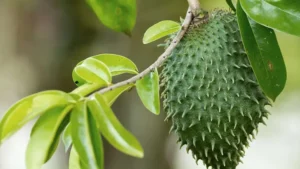
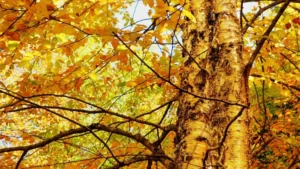
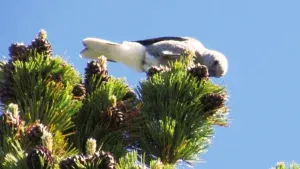
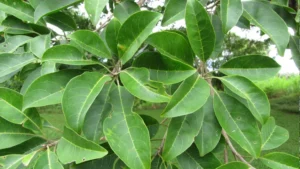
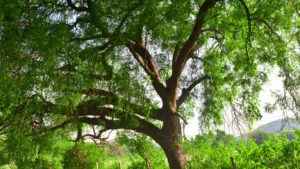
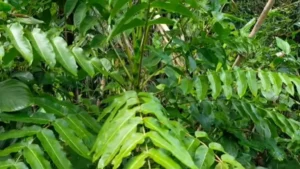

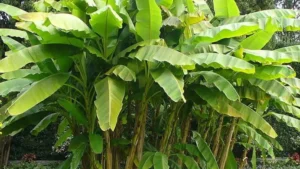
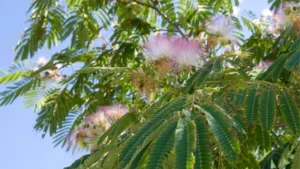
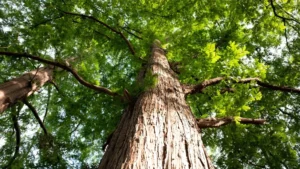
Leave your comment